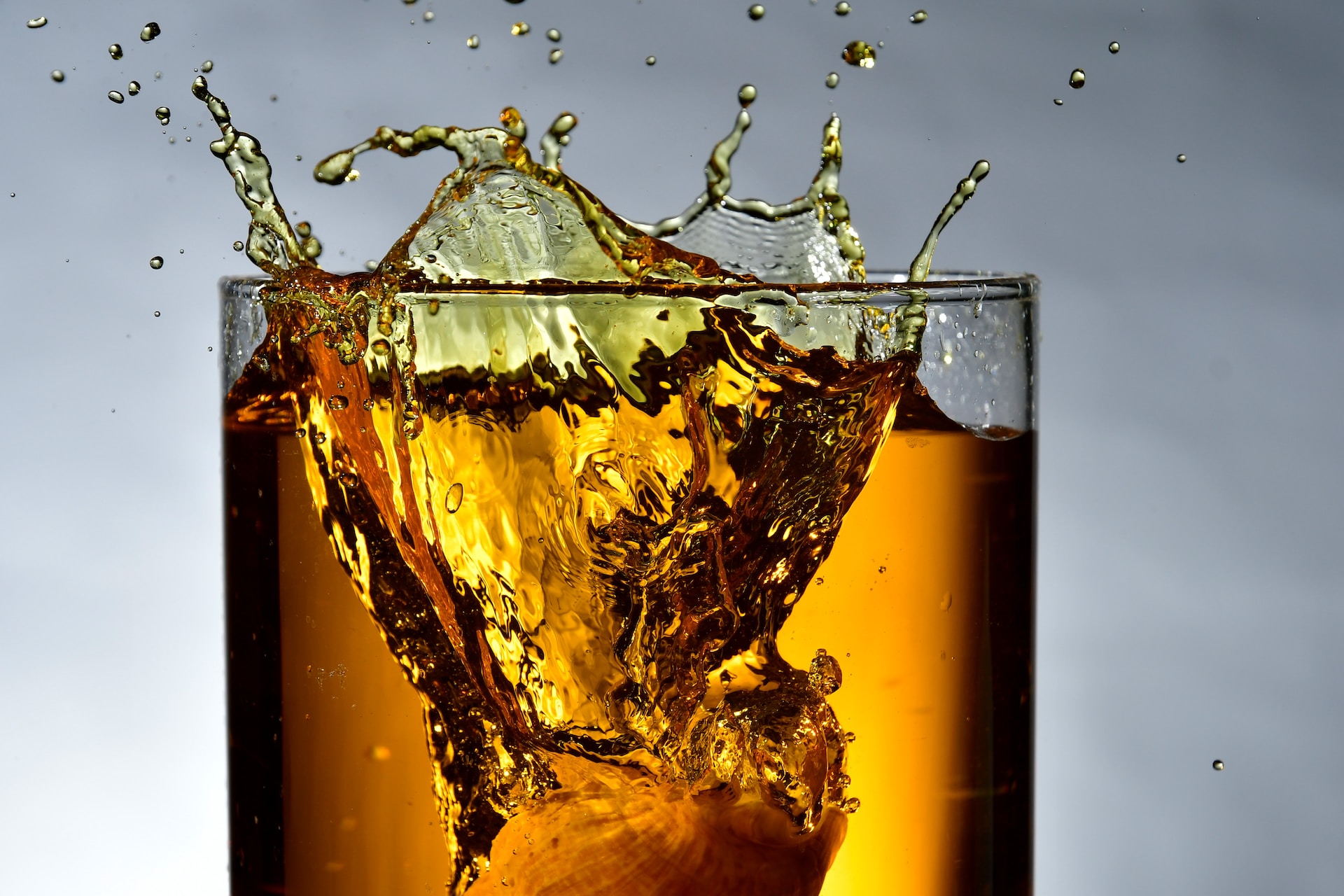Whiskey Production: Understanding the Distillation and Aging Process
Whiskey, revered and enjoyed globally, has a rich history that intertwines with the history of human civilization itself. The production of this cherished spirit incorporates not only time-honored techniques but also the artistry of the distiller. This article will guide you through the journey that grains take to transform into some of the best whiskey styles enjoyed by connoisseurs and casual drinkers alike.
Understanding Whiskey
This distilled alcoholic beverage made from fermented grain mash, with the types of grains used ranging from barley, corn, rye, and wheat, whiskey boasts a plethora of types, each with distinctive production methods and flavor profiles. Among them are renowned varieties like Bourbon, Scotch, Japanese whiskey, Canadian whiskey, and Irish whiskey.
The flavor of whiskey is a complex amalgamation of elements influenced by the grain, the water, the fermentation process, the distillation method, and significantly, the aging process. Each step imparts its unique characteristics, resulting in a product that can cater to the palates of a diverse array of whiskey lovers.
Whiskey Production: Distillation Process
The journey from grain to glass begins with the selection and preparation of raw materials. The grains used play a significant role in defining the final product’s flavor profile. After the grains are selected, they are milled and then mashed with water, a process that extracts the sugars from the grains. The quality of water used here is critical, as it can greatly influence the final product’s taste.
Once the sugars are extracted, yeast is introduced to the mash to initiate the fermentation process. The yeast consumes the sugars, producing alcohol and carbon dioxide. This process, which typically lasts a few days, results in a liquid known as “wash” with an alcohol content similar to that of beer.
Distillation, the next step, involves heating the wash to separate alcohol from water and other components. Distillation equipment can vary, but the two main types are pot stills and column stills. Pot stills, traditional and often used in Scotch and Irish whiskey production, allow for a lot of flavor development. In contrast, column stills, commonly used in Bourbon production, provide a higher alcohol content and a more consistent product.
Whiskey Production: Aging Process
After distillation, the spirit, now called “new make,” is clear and not yet what we’d recognize as whiskey. The aging process is what imparts color, character, and much of the whiskey flavor we know and love.
Maturation
During the maturation process, the liquor undergoes a transformative journey while resting in barrels for a specific period. This duration is pivotal, as the spirit continuously evolves, developing complex flavors and nuances over time. The length of maturation is influenced by various factors, such as the desired style of whiskey and the distiller’s expertise. Additionally, the climate and environment in which the barrels are stored play a crucial role in shaping the aging process, with variations in temperature and humidity contributing to the liquor’s character and maturation rate.
The Influence of Barrels
The barrels themselves hold remarkable influence over the whiskey, imparting distinct characteristics to the final product. The choice of wood, typically oak, plays a vital role, as different oak species contribute unique flavors and aromas. Furthermore, the level of charring inside the barrel and whether the barrel is new or used also contribute to the liquor’s flavor profile. For instance, bourbon must be aged exclusively in new charred oak barrels, which imparts rich caramel and vanilla notes, contributing to its signature taste.
Bottling Strength and Non-chill Filtration
Before the solution is ready to be bottled, producers may adjust its strength by diluting it to the desired alcohol by volume (ABV). This step allows them to fine-tune the flavor and ensure consistency across batches. Additionally, some distilleries employ non-chill filtration, a process that removes certain compounds at a molecular level. This technique can enhance the whiskey’s clarity and mouthfeel, creating a desired aesthetic and texture. Both the bottling strength and non-chill filtration can significantly impact the liquor’s final flavor profile, adding another layer of craftsmanship and customization to the end product.
Creating Unique Whiskey Styles
The artistry in this drink’s production truly shines in the creation of unique whiskey styles. Blending is one such method, where different types of whiskey, sometimes from different distilleries, are mixed together. Blended whiskey is an art form in its own right, with master blenders balancing a variety of characteristics to create a harmonious and flavorful product.
Innovative aging techniques have also emerged in recent years, with distillers experimenting with different wood types for barrels, such as cherry or maple, to create novel flavor profiles. Some producers have even gone so far as to age their whiskeys in barrels that previously held other alcoholic beverages, like wine or rum, to infuse additional layers of complexity.
Geographic location plays a significant role in defining whiskey styles as well. The local climate, water sources, and traditions all come together to create spirits that are characteristic of their place of origin. This is exemplified in the peaty flavors of Scotch from Islay or the smooth, triple-distilled profile of Irish whiskey.
The world of whiskey is as diverse as it is fascinating. Distillation and aging processes are crucial to shaping the flavors and profiles of the different styles we enjoy today. From Bourbon to Scotch, Japanese to Canadian, and the numerous Irish and blended varieties, there is a world of flavors awaiting the curious whiskey lover. Whether you are just beginning your journey or are a seasoned enthusiast, we encourage you to explore the diverse styles available. Seek out new experiences, and take the time to appreciate the artistry and craftsmanship that go into each bottle. Cheers to your next great whiskey discovery!

